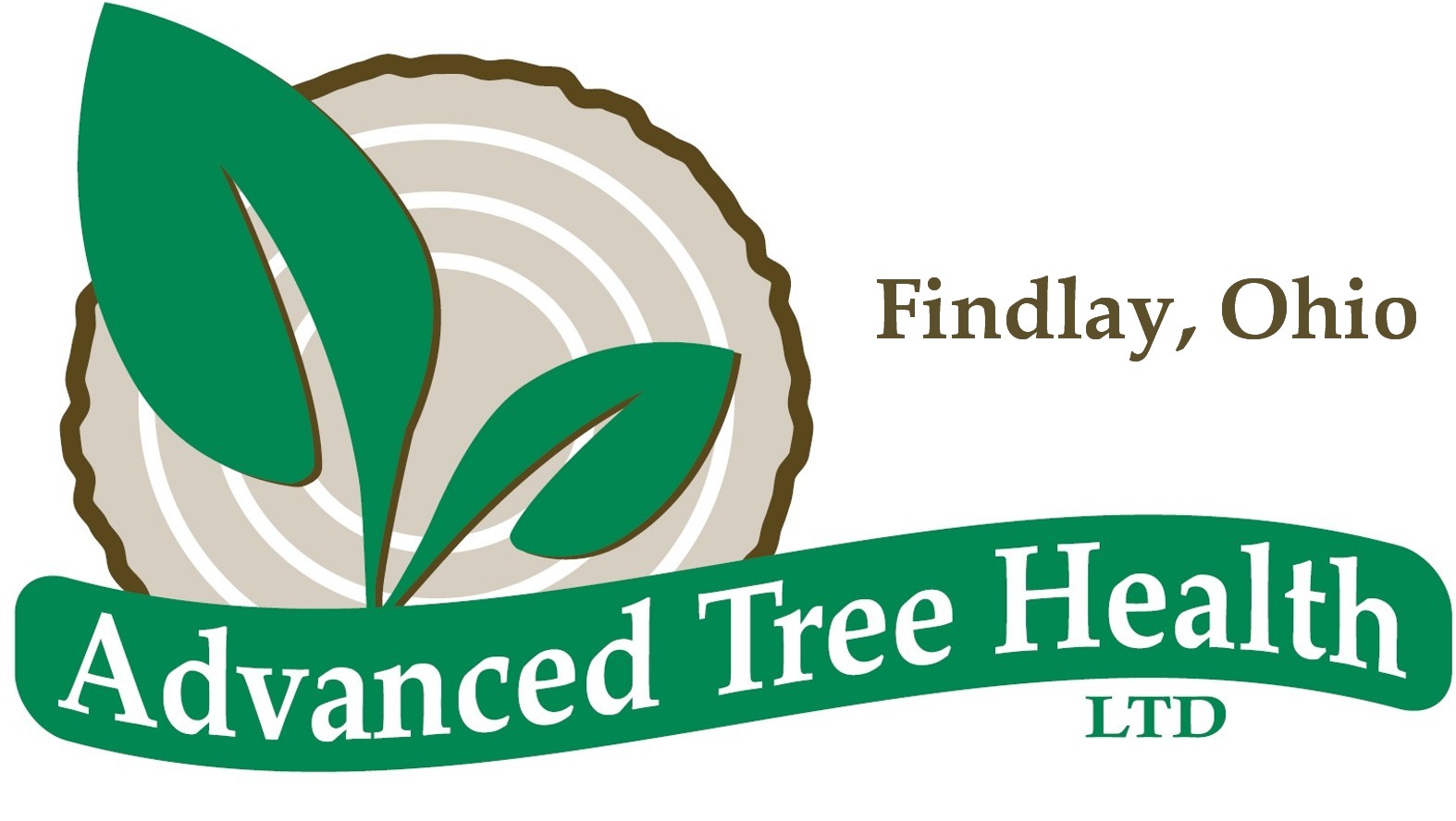"To plant trees is to give body and life to one's dreams of a better world." -- Russell Page
When you choose to invest in planting a tree, it only makes sense to have a tree expert (Arborist) help with the process. The tree planting process starts with selecting the right tree for the spot, flows into properly planting that tree, and includes young tree care.
The “right” tree is a combination of “what will grow” on your site and “what you expect” out of the tree. When examining the site, a few examples of factors to weigh include: soil type, space, overhead utilities, climate, and root zone. When you think about what you expect out of the tree, things like spring flowers, fall color, size, and shape are major influences.
Once the tree is selected, the site is prepared and your new tree must be planted – properly. Unfortunately, poor planting practices have become an epidemic problem. The most common substandard practice is deep planting. Deep planting is a major cause of stress in trees. Deep trees grow slower, have a higher chance of girdling roots, and frequently die before they reach 20 years of age.
There is typically some minor pruning to be done at planting time that will benefit the tree in the long-term with better shape and form. Advanced Tree Health provides this pruning service as part of tree planting. A quick (and low cost) “young tree training” pruning should be done within the first 2-3 years after planting and again about 2-3 years later. These early and more frequent pruning cycles will drastically reduce long-term pruning costs while leading to a stronger and more attractive tree shape. After the tree’s shape is well established, pruning frequency decreases.
Fertilizer should not be necessary for a newly planted tree. After all, if we selected a tree that cannot be supported by the available soil nutrients, we started off with the wrong tree. However, minor fertilization can help speed establishment and initial growth for your new trees. Advanced Tree Health can also help with fertilization.

